West Point Foundry
From my travels, May 21, 2019.
Longtime readers will know that I’m something of an artillery nerd, so while I’m “in the neighborhood” I can’t pass up the chance to see where the West Point Foundry was located. This 19th century industrial site manufactured a number of metal goods, but most notably the Parrott Rifle, invented by, and named for, West Point Foundry Superintendent Robert Parker Parrott.
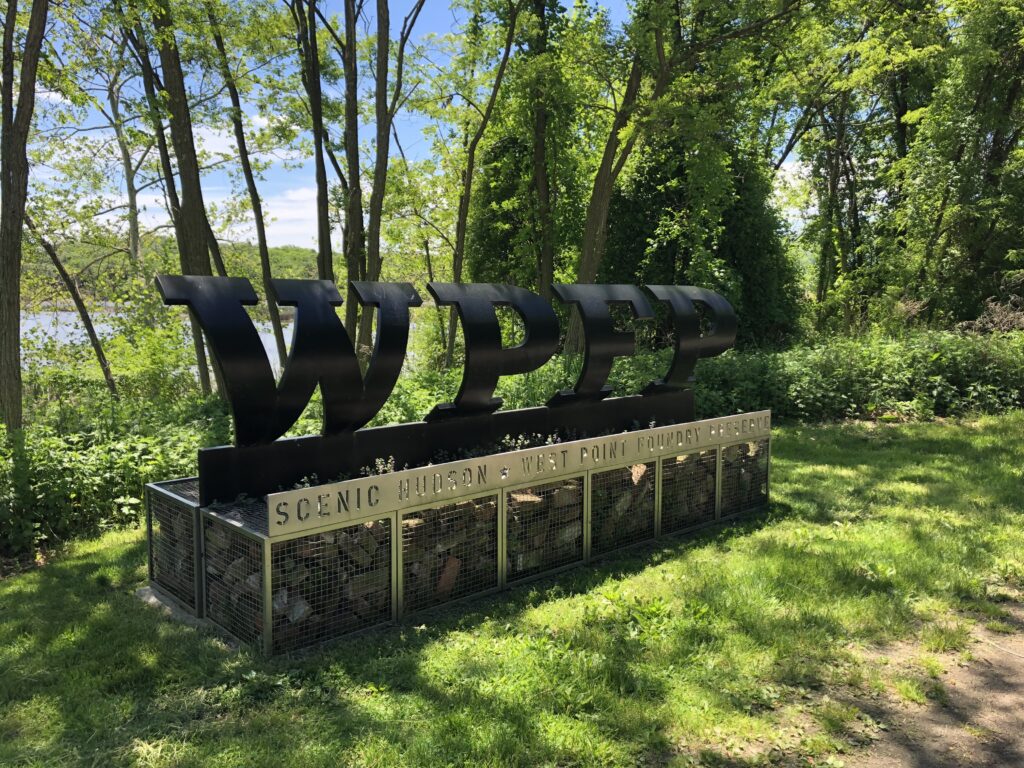
The old foundry grounds have been made into a public park – part historic site and part nature preserve. There is also a pretty cool multimedia tour that can be accessed on-site from a smartphone. I took advantage of that tour during my visit.
The first thing to visit here is a reconstruction of the old artillery testing rig down near the Hudson River. New artillery pieces were tested by firing projectiles across the river toward Storm King Mountain at the very northern end of the United States Military Academy grounds.
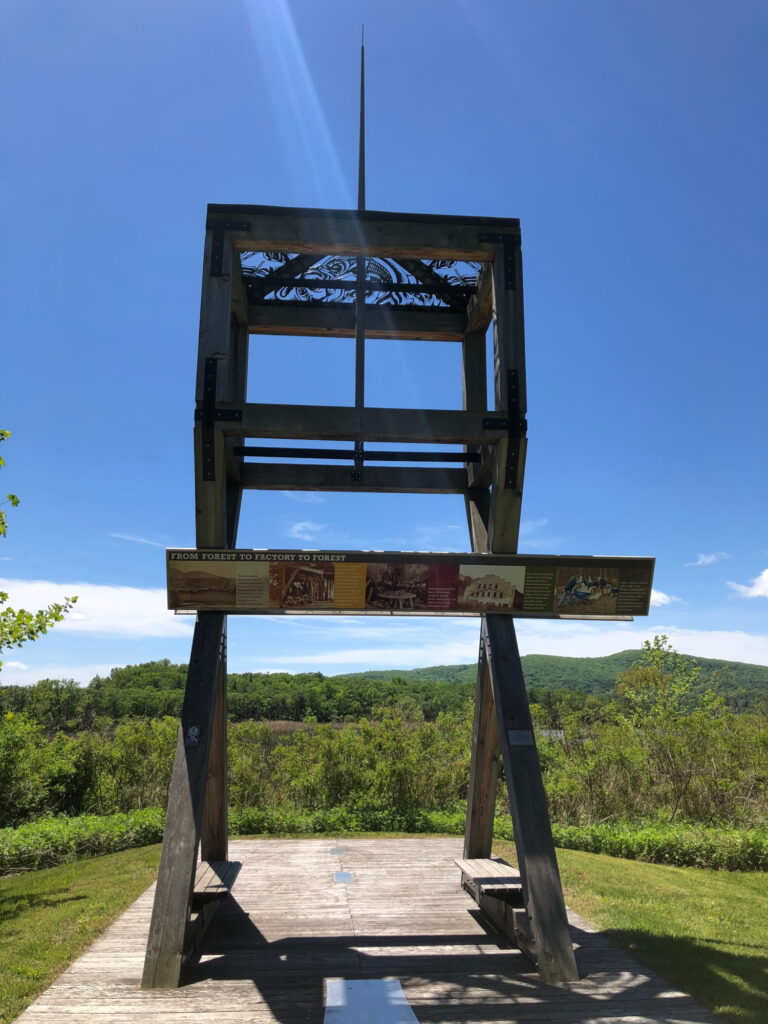
I only saw a few other people while I was there – it is quite a serene setting, so the park works well even if you’re only looking for a quiet time in the woods. The waterway that powered the factory is still here – the aptly-named Foundry Brook – and it provides just enough white noise as you stroll along the path of the old railway bed that ran among the various buildings here.
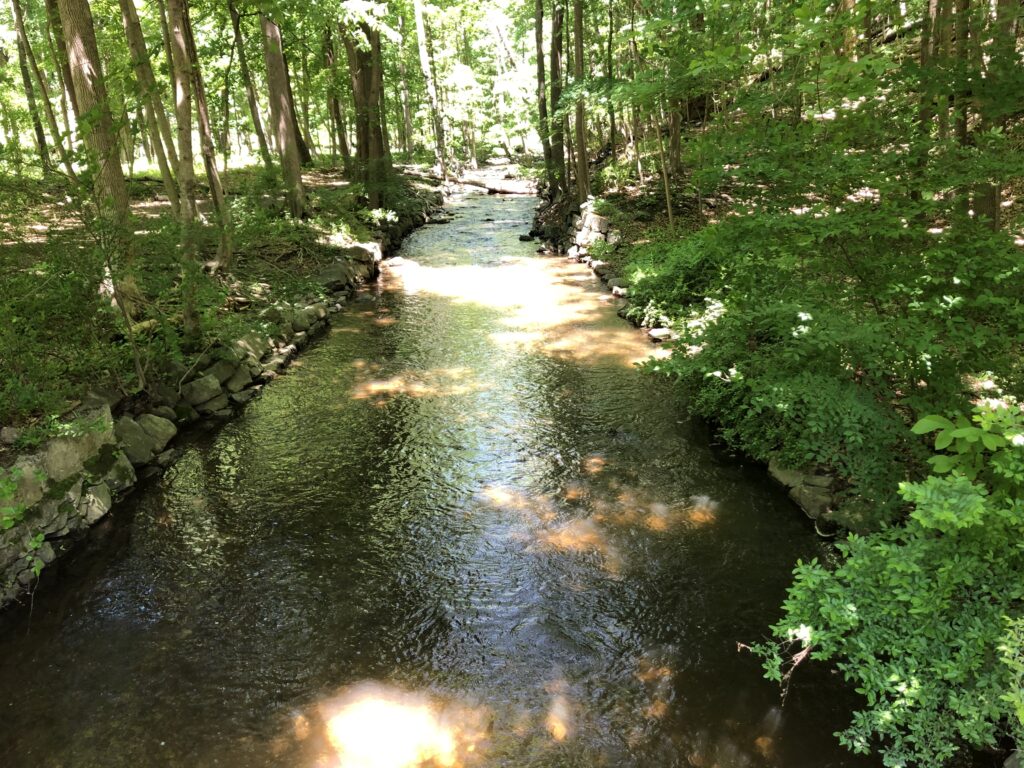
There are several ruins remaining from the days of the foundry. The most notable and prominent is the old 1865 Office Building that was constructed during the height of the site’s productivity. While there are some walls still standing, most of what is left here are building foundations. Even with the multimedia tour and the few wayside markers along the way, you need to use a fair bit of imagination to envision what the place must have been like when it was a major producer of iron goods. Mother Nature has done a good job of reclaiming the land.
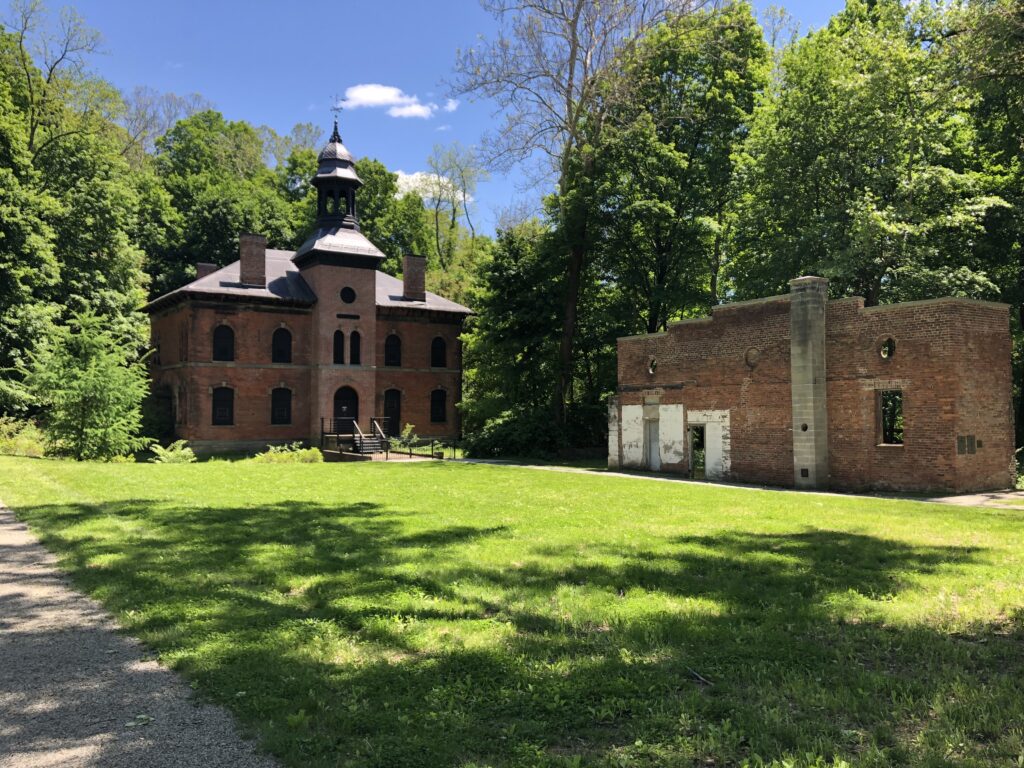
The imagination is assisted a bit by the inclusion of a reproduction of part of the old Boring Mill wheel – mainly so the visitor can get a sense of the scale of the thing. This is the part of the factory that made artillery production possible – it carved out the barrel of the guns and allowed for rifling to be done.
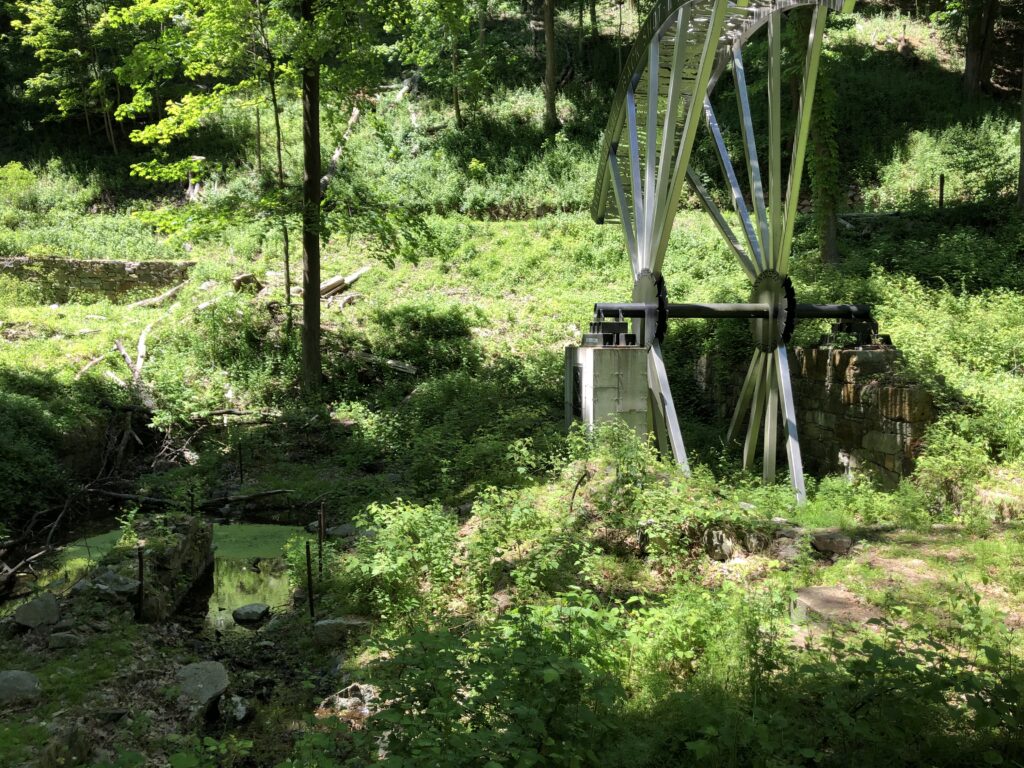
I really enjoyed my time at the preserve. There are so many aspects to Civil War history that can be explored – it’s so much more than battlefields.
1 thought on “West Point Foundry”